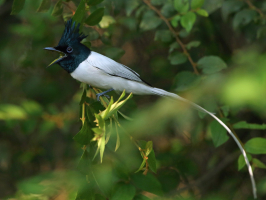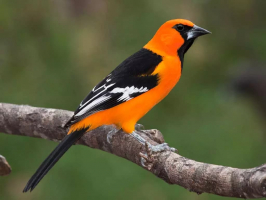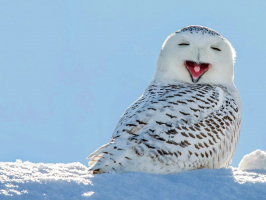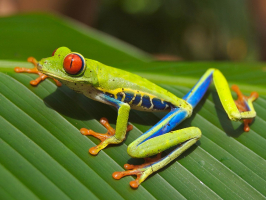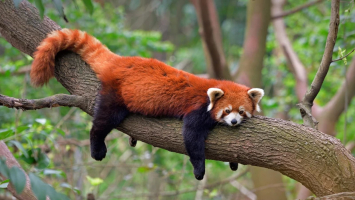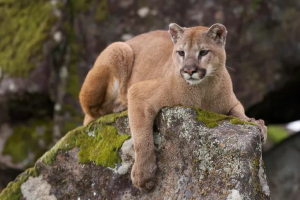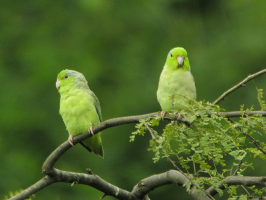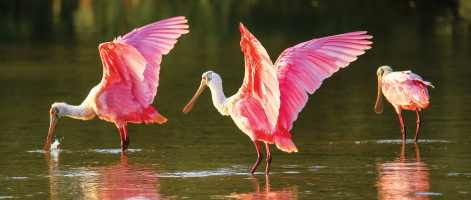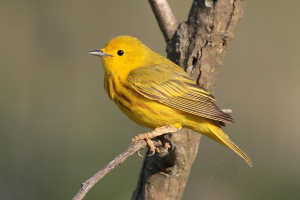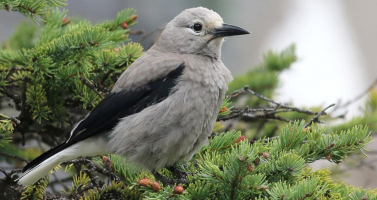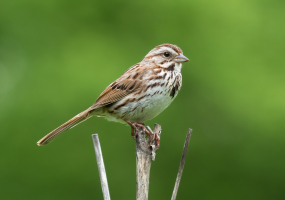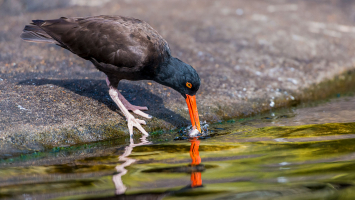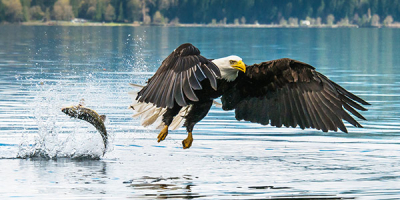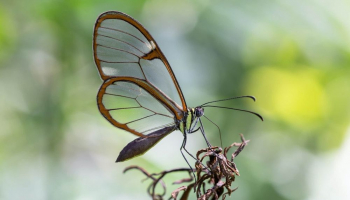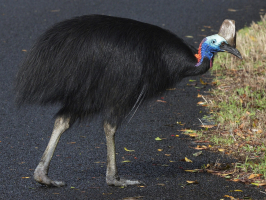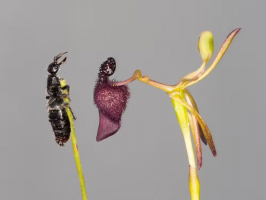Top 10 World's Beautiful Black And White Animals
Animals that only appear in black and white nonetheless shine in their own unique manner, despite the fact that many people believe that colorful animals are ... read more...the most attractive in the animal world. This color combination is present in the kingdom of animals that contributes to the richness of the fauna world. Below is a list of the most beautiful black and white animals in the world, let's find out!
-
The Giant Panda, also known as the panda bear (or simply the panda), is a bear species endemic to China. Although the giant panda is a member of the Carnivora order, more than 99 percent of its diet consists of bamboo shoots and leaves. Other grasses, wild tubers, or even meat in the form of birds, rodents, or carrion are occasionally consumed by giant pandas in the wild. In addition to carefully prepared food, they may be fed in captivity honey, eggs, fish, yams, shrub leaves, oranges, or bananas.
Even though an adult giant panda can weigh up to 280 pounds and measure over 6 feet tall, this adored bear of the Chinese bamboo forest is easily identified as another incarnation of fluffy sweetness. The panda has predominantly white fur, but it also has characteristic black features like pom-pom ears on top of its round head, small, patched-in eyes, a black nose, a black saddle on its shoulder, and black limbs and legs.
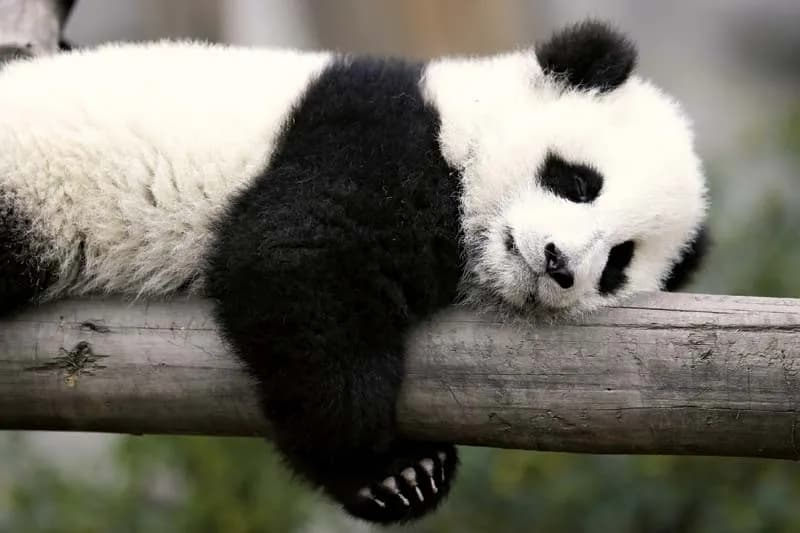
Encyclopedia Britannica 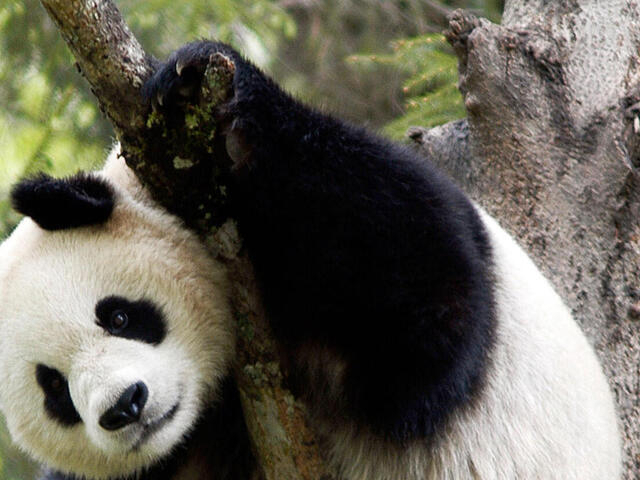
World Wildlife Fund -
Zebras are single-hoofed animals that are native to Africa. Though they all live in Africa, each species of zebra has its own home area. Plain zebras live in the treeless grasslands and woodlands of eastern and southern Africa. The Grevy's zebra lives in the arid grasslands of Ethiopia and northern Kenya. The mountain zebra is found in South Africa, Namibia, and Angola.
They are very closely related to horses and donkeys; in fact, they are in the same genus, Equus. The most prominent feature of zebras is the bold patterns on their coats. According to the San Diego Zoo, zebras have white stripes next to black or brown stripes, with the stripes ending at their bellies and the white inner side of their legs. Zebras have black flesh beneath their white coats, though. The general pattern of stripes differs amongst zebra species. The zebra from Grevy has extremely fine stripes. The mountain zebra has horizontal stripes on its haunches but vertical stripes on its neck and chest. According to the San Diego Zoo, some subspecies of plains zebras exhibit brownish "shadow" stripes in between the black stripes.
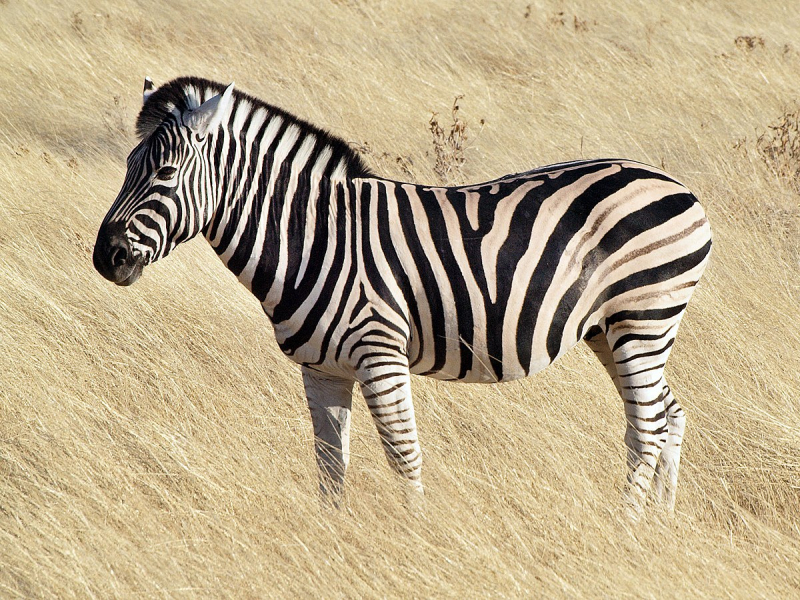
Wikipedia 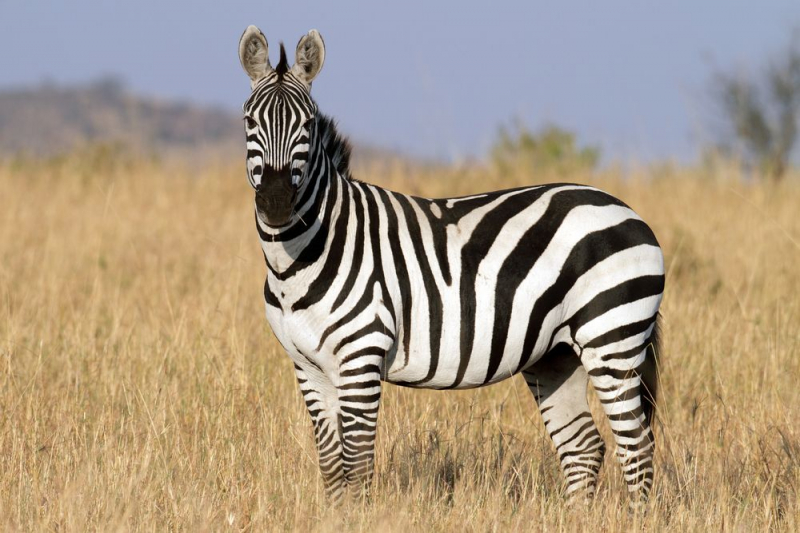
Live Science -
Protographium Marcellus, the Zebra Swallowtail, (formerly listed under genera Eurytides, Iphiclides, Graphium, and Papilio by some authorities) is a swallowtail butterfly native to the eastern United States and southeast Canada. It is the state butterfly of Tennessee. The butterflies are closely associated with pawpaws and are rarely found far from these trees. The green or black caterpillars feed on the leaves of various pawpaw species, while the adults feed on flower nectar and minerals from damp soil.
The zebra swallowtail has a 6.4 to 10.4 cm wingspan. The triangular wings have longitudinal black stripes and are white to greenish white in color. The hindwings have two sword-like tails that protrude. The hindwing's inner edge features a red spot close to the body and two blue spots on the corner. The ventral hindwing has a red line running along the middle of it. There are two seasonal variations of P. Marcellus, one of which appears in the spring and the other in the summer. Smaller, more white, and with short, black tails that have white tips are spring forms. Summer versions are bigger, have longer, longer tails that are black with white margins, and have wider black stripes.
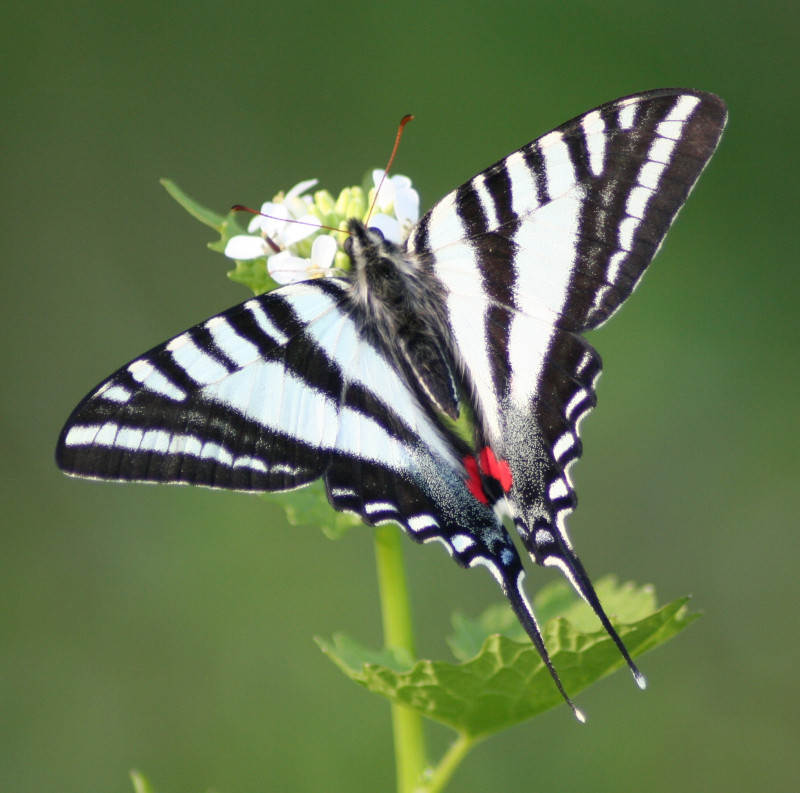
Wikipedia 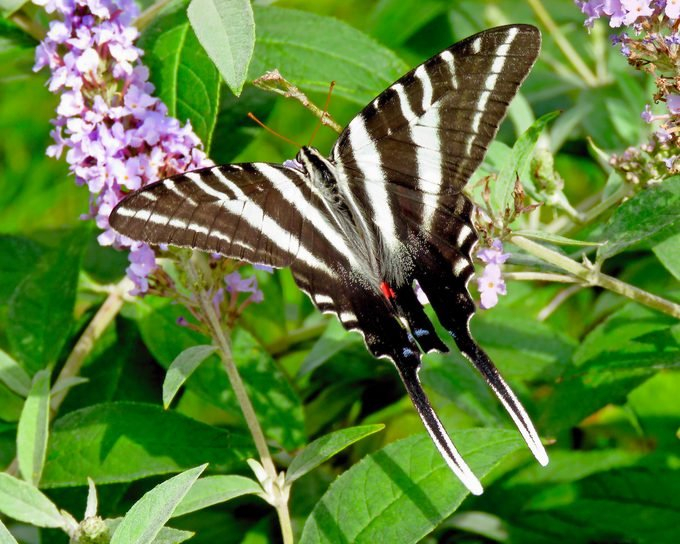
Birds and Blooms -
The Black-and-White Warbler (Mniotilta varia) is a species of new world warbler, and the only member of its genus, Mniotilta. It breeds in northern and eastern North America and winters in Florida, Central America, and the West Indies down to Peru. This species is a very rare vagrant to western Europe.
Black-and-white warblers are just as their name suggests—they are black and white. Both sexes have white eyebrows, white belly streaking, black wings with two white wing bars, black tails, black and white streaked backs, streaky under tail coverts, and grey-black legs and feet. While females have a grey cheek and a white-cream-colored throat and flanks, breeding males have a black and white striped throat and black cheek. While first fall females resemble adult females but with less streaking and a more pronounced buffy wash, first fall males share many of the same colors and patterning as adult females. Juveniles are strongly marked but otherwise resemble first-fall individuals.
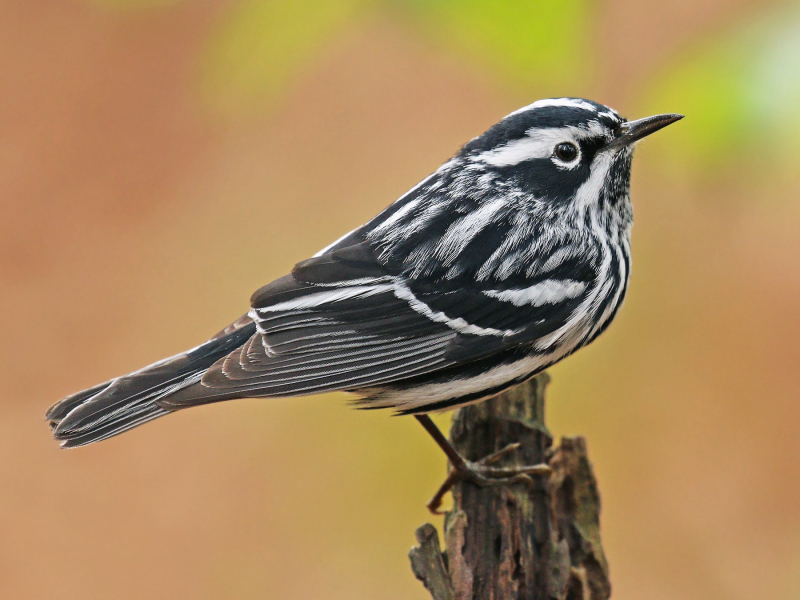
eBird 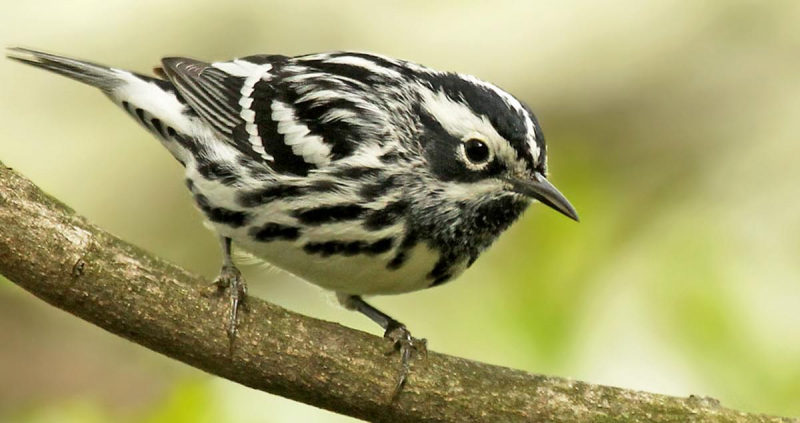
All About Birds -
The orca or Killer Whale (Orcinus orca) is a toothed whale belonging to the oceanic dolphin family, of which it is the largest member. It is recognizable by its black-and-white patterned body. A cosmopolitan species, orcas can be found in all of the world's oceans in a variety of marine environments, from Arctic and Antarctic regions to tropical seas. At the top of the food chain, they consume a wide variety of foods, including fish, penguins, and marine mammals like seals, sea lions, and even whales. Their teeth can grow to a length of four inches. They have a reputation for grabbing seals from the ice. They also consume seabirds, fish, and squid.
Their unmistakable black-and-white appearance makes them easy to identify. Orcas are intelligent and gregarious animals that communicate through a wide range of sounds. Each pod has recognizable noises that its members can identify from a distance. When they approach items, they make sounds that travel underwater and bounce back, exposing the objects' location, size, and shape. This is how they communicate and hunt.
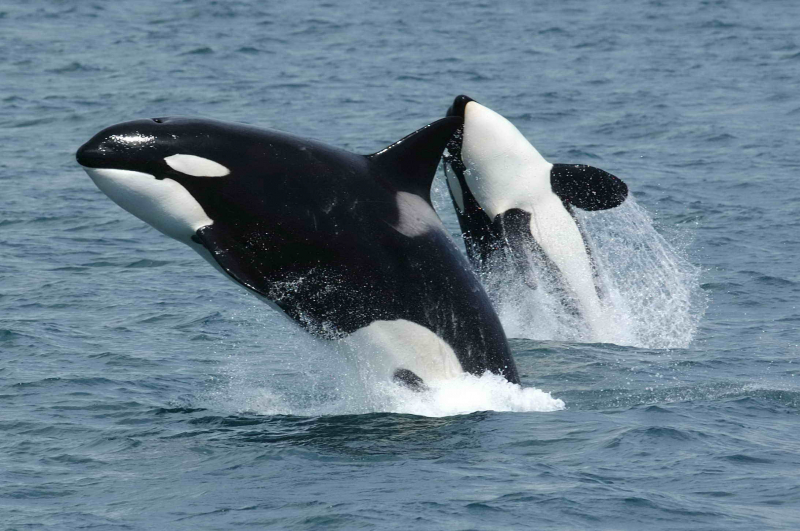
Wikipedia 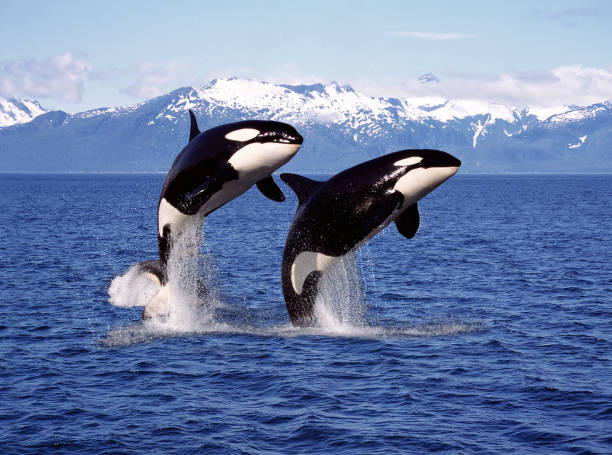
iStock -
The Giant Leopard Moth (Hypercompe scribonia) is a moth of the family Erebidae. They are distributed through North America from southern Ontario, and southern and eastern United States through New England, Mexico, and south to Panama. The obsolete name Ecpantheria scribonia is still occasionally encountered.
The 76 mm wingspan of this species is average. This moth has dazzling white wings covered in a pattern of solid and hollow black spots. The underside of the abdomen is white with solid black spots, while the overside is dark blue with orange patterns. Males also have a thin yellow line on the sides. Their legs are banded in black and white. Because they are entirely nocturnal, adult moths rarely fly before dusk. The adult male of this species develops to a length of around 51 mm, while the adult female can reach a maximum height of 30 mm.
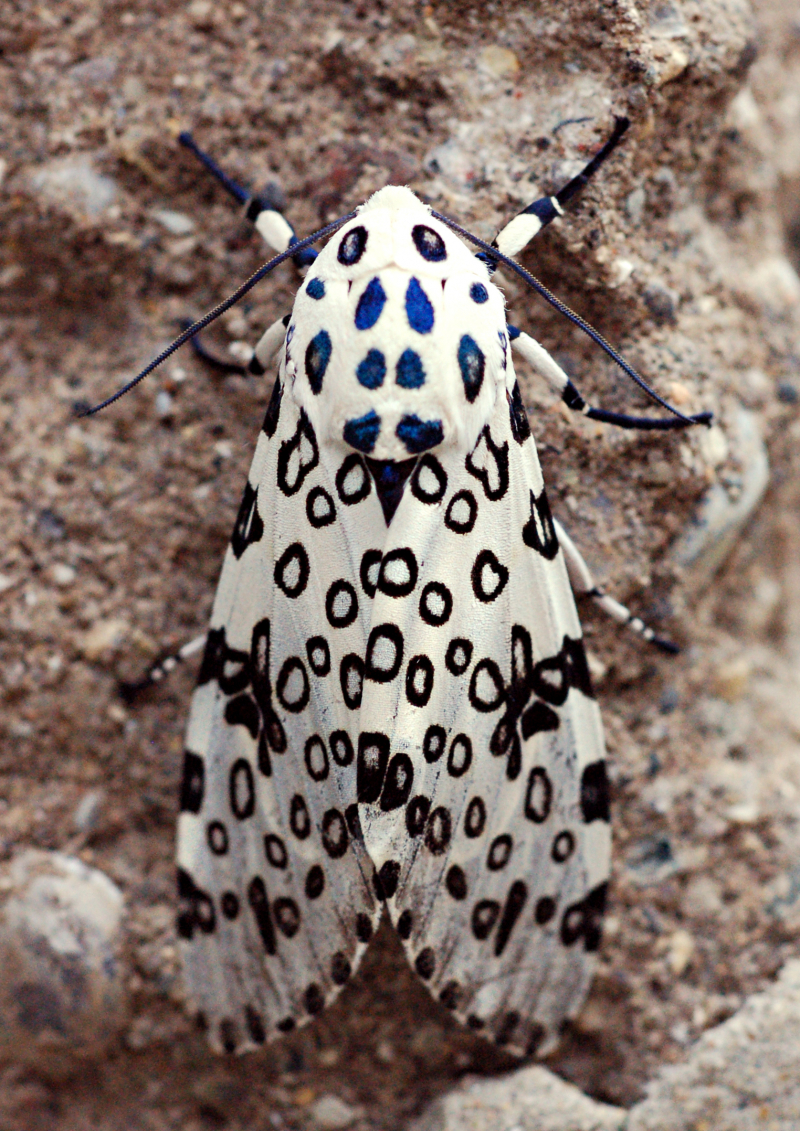
Wikipedia 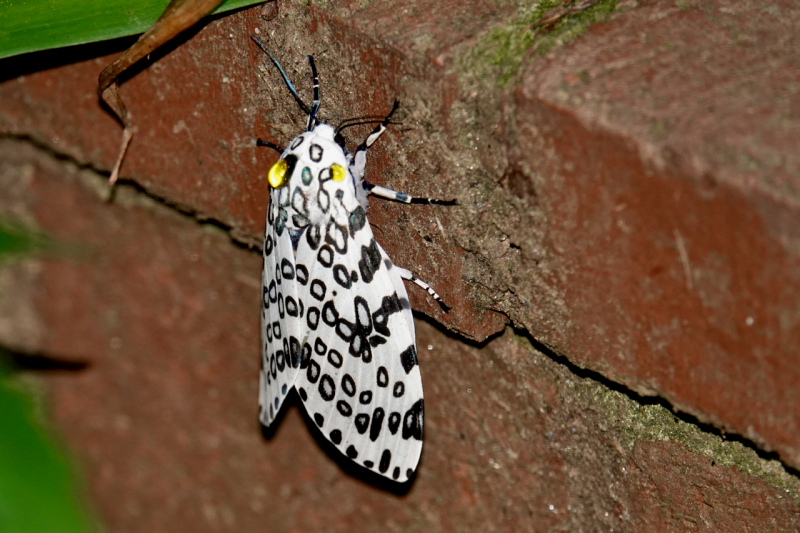
Maryland Biodiversity Project -
The California Kingsnake (Lampropeltis californiae) is a nonvenomous colubrid snake endemic to the western United States and northern Mexico and is found in a variety of habitats. Due to ease of care and a wide range of color variations, the California kingsnake is one of the most popular snakes in captivity. They are opportunistic feeders and common food items include rodents, birds, other reptiles, and amphibians.
The California kingsnake can grow larger; specimens on the Islas Angel de la Guarda in Baja California, Mexico, have been measured at 78 inches. They typically range in length from 2.5 to 3.5 feet (76 to 107 cm). There are many other color variants that may be seen in nature; typically, they include alternating dark and light bands that range in color from black and white to brown and cream. Some populations may have longitudinal stripes instead of bands.
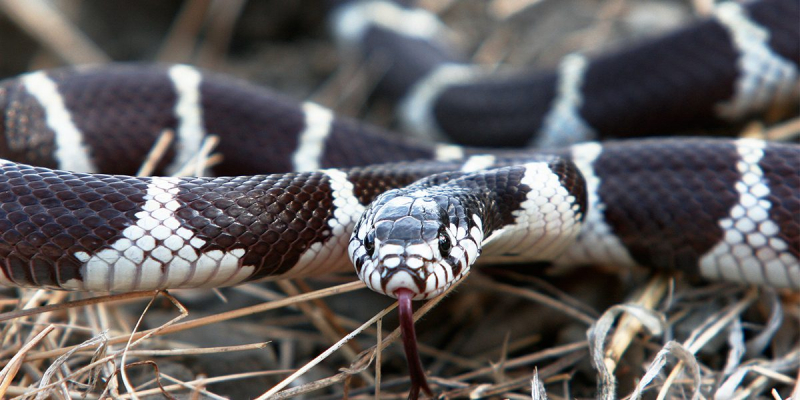
Safari Niagara 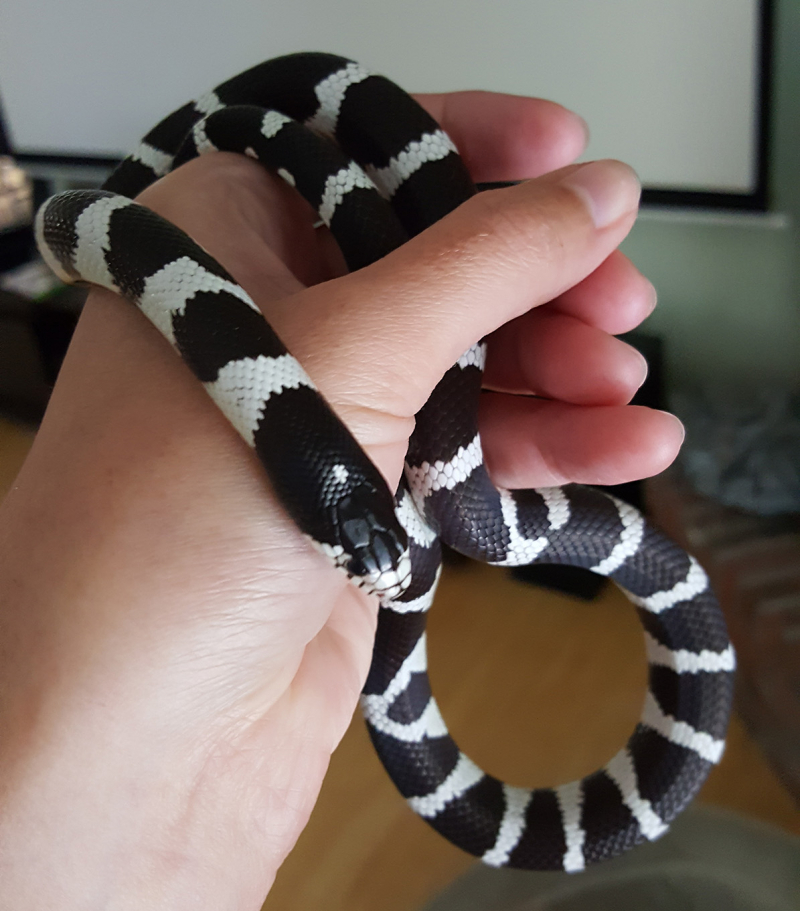
LongTail Reptiles -
The Adélie Penguin (Pygoscelis adeliae) is a species of penguin common along the entire coast of the Antarctic continent, which is the only place where it is found. It is the most widespread penguin species, and, along with the emperor penguin, is the most southerly distributed of all penguins. Adélie penguins obtain their food by both predation and foraging, with a diet of mainly krill and fish.
The Adélie penguin is a medium-sized bird, weighing 3.8 to 8.2 kg and reaching 70–73 cm in length. Despite having similar appearances, females weigh substantially less and have shorter wings and beaks. The adult has snow-white underparts with a black head, throat, and upper parts. Its black iris is surrounded by an obvious white eye-ring. Only the tip of the beak is visible, and even that is mostly covered in black feathers with some faint reddish-brown patterns. The underside of the wing is white with a short black leading edge and a little black tip, while the upper surface is black with a white trailing edge. Pinkish, largely featherless legs and feet are present.
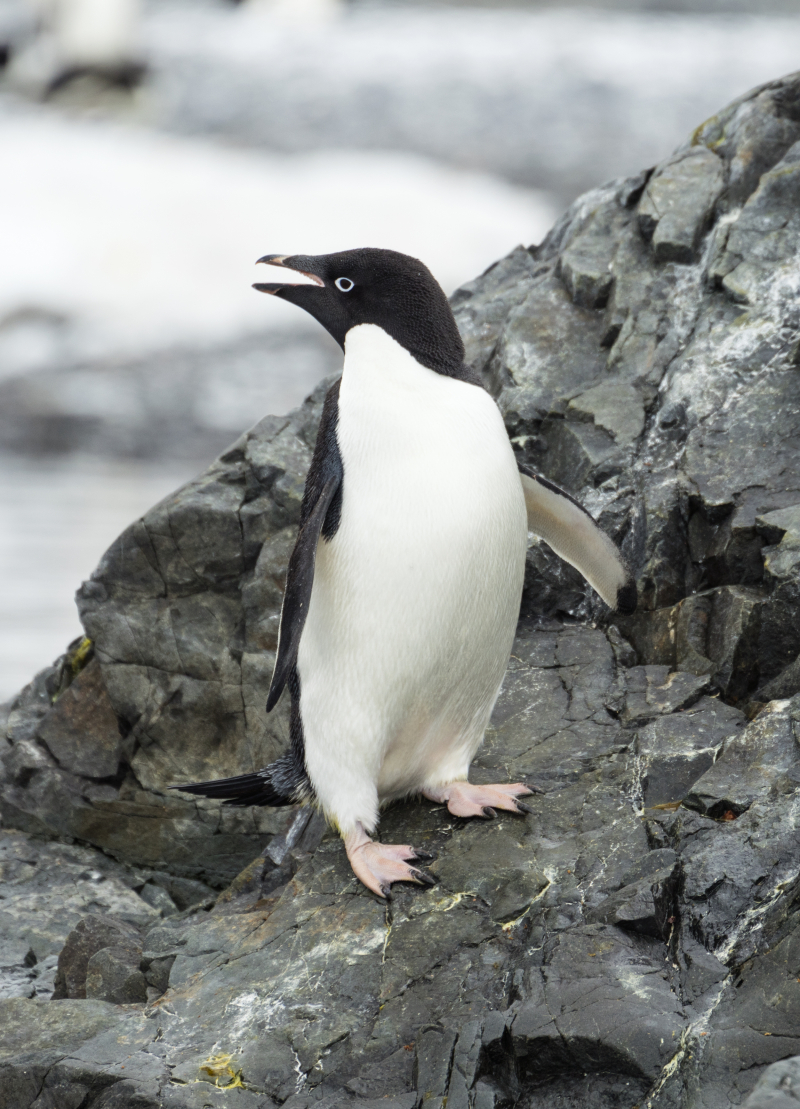
Wikipedia 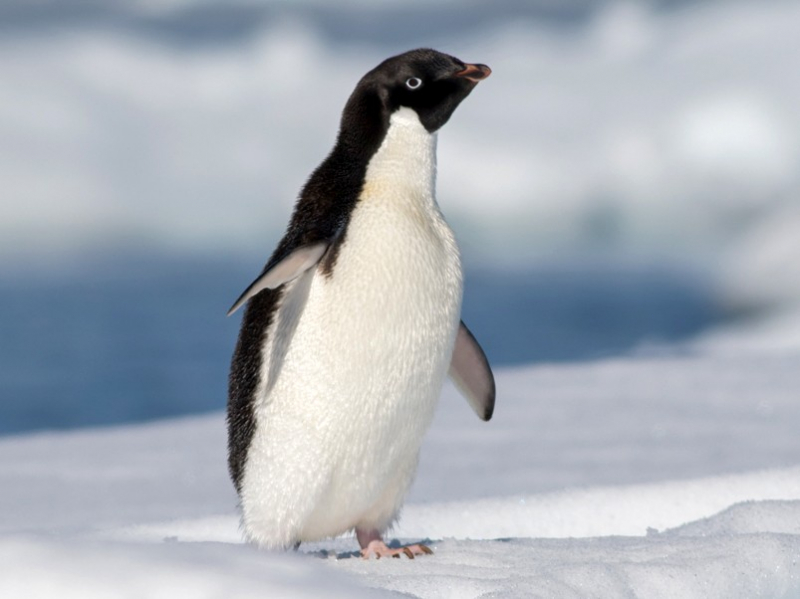
eBird -
Holstein Friesians (often shortened to Holsteins in North America, while the term Friesians is often used in the UK and Ireland) is a breed of dairy cattle that originated in the Dutch provinces of North Holland and Friesland, and Schleswig-Holstein in Northern Germany. They are known as the world's highest-producing dairy animals.
Holsteins are known for their unusual markings, which are often piebald designs that are either black and white or red and white in color. Rarely, some people have white with black and red coloring. This distinct coloring results from the red component. 'Blue' is also a known color. This color is produced by white hairs mixed with black hairs giving the cow a bluish tint. This coloring is also known as 'blue roan' in some farm circles. They produce an impressive amount of milk each year - on average 22,530 pounds (10,220 kg).
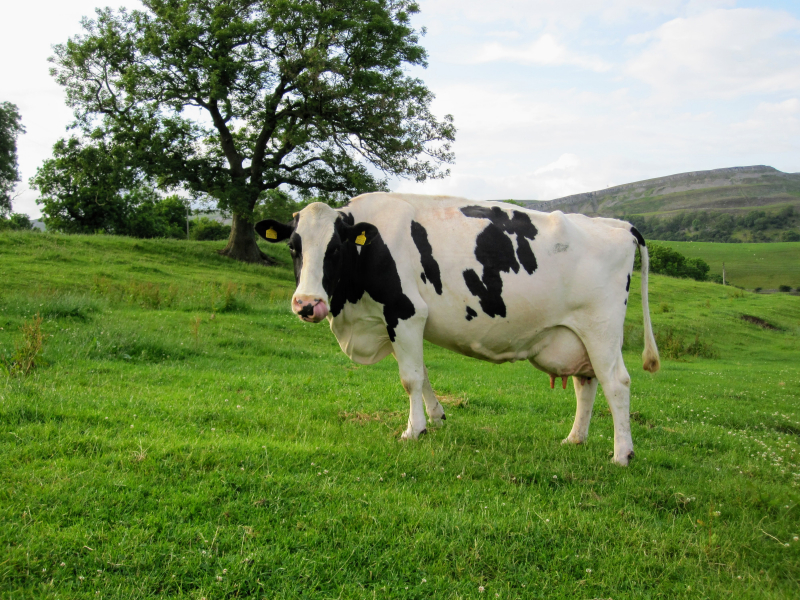
Wikipedia 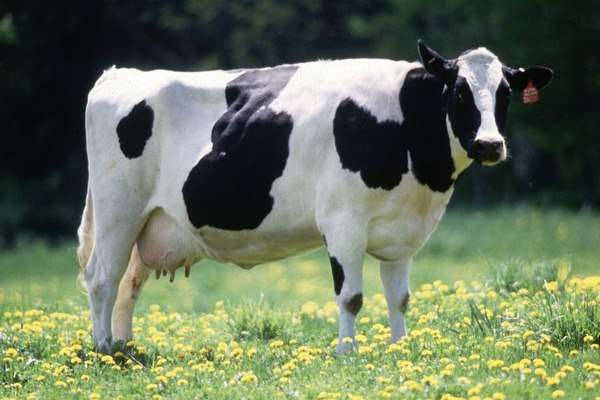
Global Livestock Farms -
Skunks are mammals in the family Mephitidae. They are known for their ability to spray a liquid with a strong, unpleasant scent from their anal glands. While related to polecats and other members of the weasel family, skunks have as their closest relatives the old world stink badgers. They are omnivorous, eating both plant and animal material and changing their diets as the seasons change. They eat insects, larvae, earthworms, grubs, rodents, lizards, salamanders, frogs, snakes, birds, moles, and eggs. These animals also commonly eat berries, roots, leaves, grasses, fungi, and nuts.
Skunk species range in size from approximately 40 to 94 cm long and weigh between approximately 1.1 lb and 18 lb (8.2 kg), depending on the species (hog-nosed skunks). They have rather short, well-muscled legs, a body that is moderately elongated, and long front claws for digging. Each foot of theirs has five toes. They often have black and white fur, although some also have brown or grey and even cream-colored fur. Skunks have stripes from birth on. They could have two thin stripes, a single thick stripe over the back and tail, or a collection of white spots and frayed stripes (in the case of the spotted skunk).
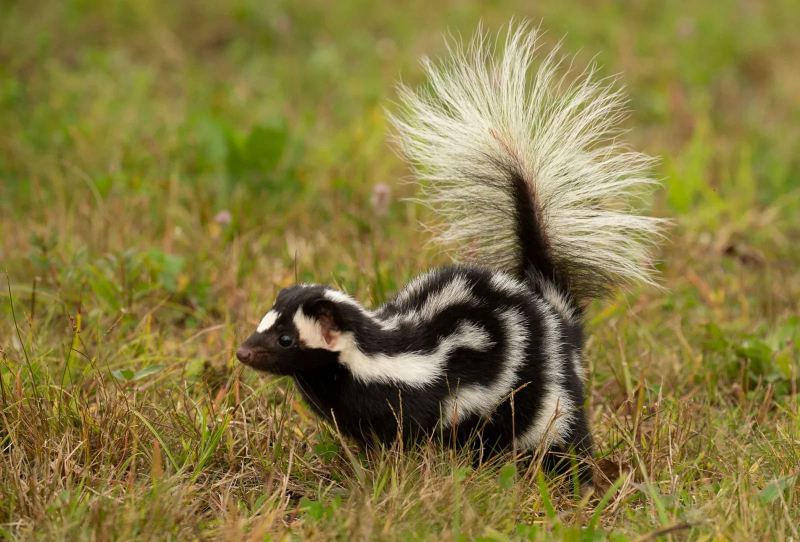
Encyclopedia Britannica 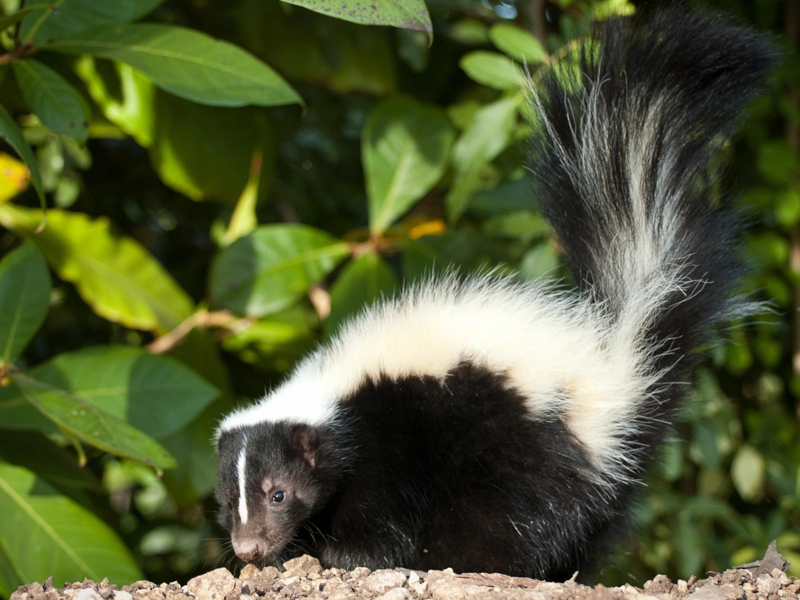
National Geographic Kids












